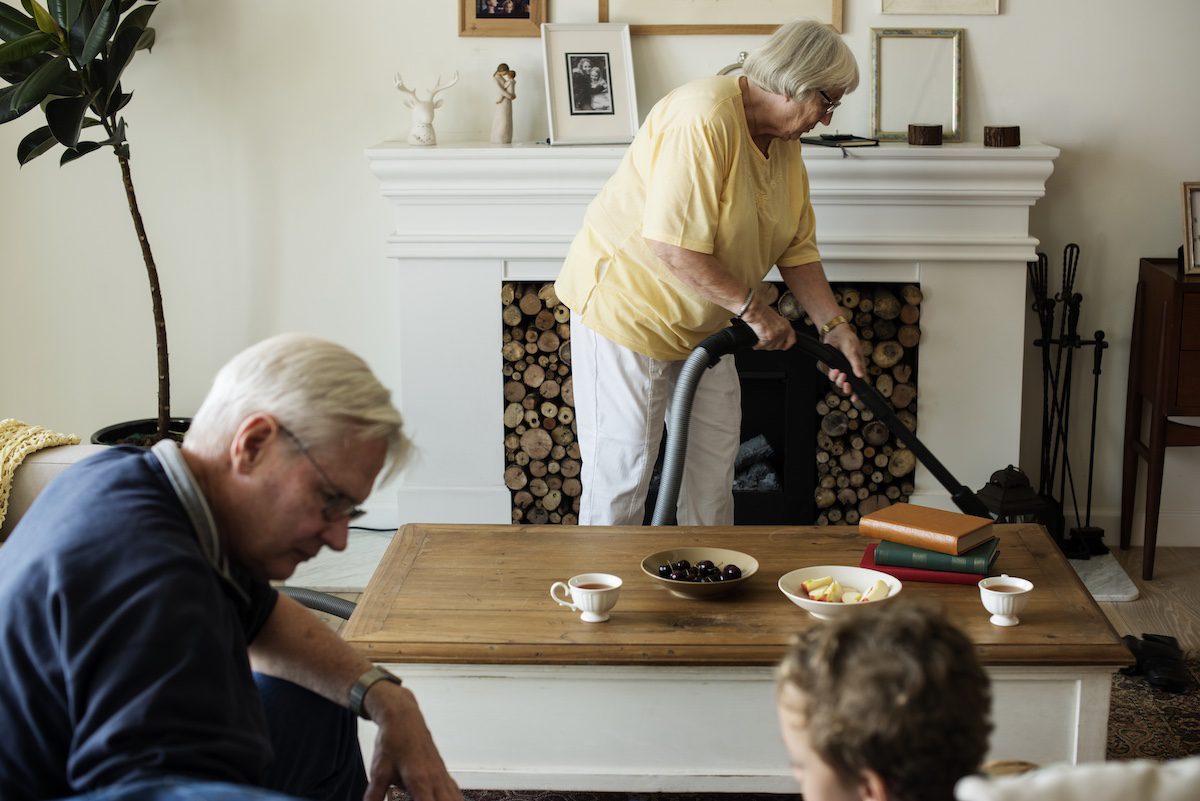It isn’t easy to think about your loved one having six months or less to live. A terminal diagnosis is devastating, no matter the illness or age of the patient. When the time comes, knowing how to make the hospice transition and what to expect will make the shift easier for all parties involved.
You will understandably have a lot of questions:
- What does going into hospice look like?
- What does my loved one need for hospice?
- How much will hospice cost?
- What do I need to do to help my loved one start hospice care?
Every hospice transition is different. Variables like your loved one’s illness and living situation will affect how your loved one will go into hospice. Please keep reading to see some of our advice on how to handle this time.
Going Into Hospice
Talk with a Doctor About Hospice Care Options
As it becomes clear that curative treatment is no longer productive or helpful for your loved one’s illness, they will need to have a conversation with a primary care doctor about their options.
Whenever your loved one talks with the doctor, they can then talk about hospice care. It’s critical to remember that going to hospice is not giving up. Instead, it’s an alternative solution to managing the symptoms of your loved one’s illness.
Research Hospice Care Options
If your loved one is considering hospice care, help conduct an online or over-the-phone search to get information about excellent care providers in the area. If you don’t know where to start, ask your loved one’s primary care physician for their recommendation.
If you are considering the cost, most Medicare, Medicaid, and private health insurers cover hospice care if a doctor confirms your loved one’s terminal illness.
Begin Receiving Care
Once your loved one chooses their provider, they can begin receiving hospice care in the comfort of their own home or a long-term care facility. Hospice usually delivers medical equipment to your loved one’s residence shortly after they enroll.
Hesitance to start is common, but we can’t tell you or your loved one the number of times we’ve had patients tell us they wish they had started hospice care sooner.
Communicate with Friends and Family
Once your loved one begins receiving care, contact others to let them know the situation. Early communication also allows you to tell them the best times to visit and any other specifics. Be clear when telling loved ones about the diagnosis.
When people come to visit, allow them to help if there are simple tasks they want to perform. This enables them to show affection to your loved one in a genuine, caring way.
Don’t Hesitate to Contact Hospice Team Members for Help
The hospice team is there to help your loved one with any needs that may arise. While team constructions differ from hospice to hospice, a team at Seasons Hospice looks like this:
- Registered nurses make regular visits to ensure that your loved one receives proper care, organizes the patient’s pain management plan, and answers any general medical questions they may have.
- Chaplains offer spiritual and emotional support. They can help your loved one work through difficult questions about life and death, pray with them, or provide a listening ear. Chaplains at Seasons Hospice are entirely optional, as we respect all faiths, belief systems, and world views.
- Hospice volunteers interact with patients and their families to assist with daily tasks.
Make the Most of Every Moment
Once your loved one transitions to hospice care, take time to appreciate every conversation and interaction with loved ones. Help them to perform their favorite activities. Be attentive and understand that this is your chance to make lasting memories with them.
If you or a loved one have been diagnosed with a life-limiting illness, you don’t have to face it alone. With locations in Tulsa, OK, and Muskogee, OK, Seasons Hospice is here to serve you. Contact us at Seasons Hospice of Tulsa or Seasons Hospice of Muskogee to see how we can deliver respectful, genuine care from our talented and experienced team to your loved one.



